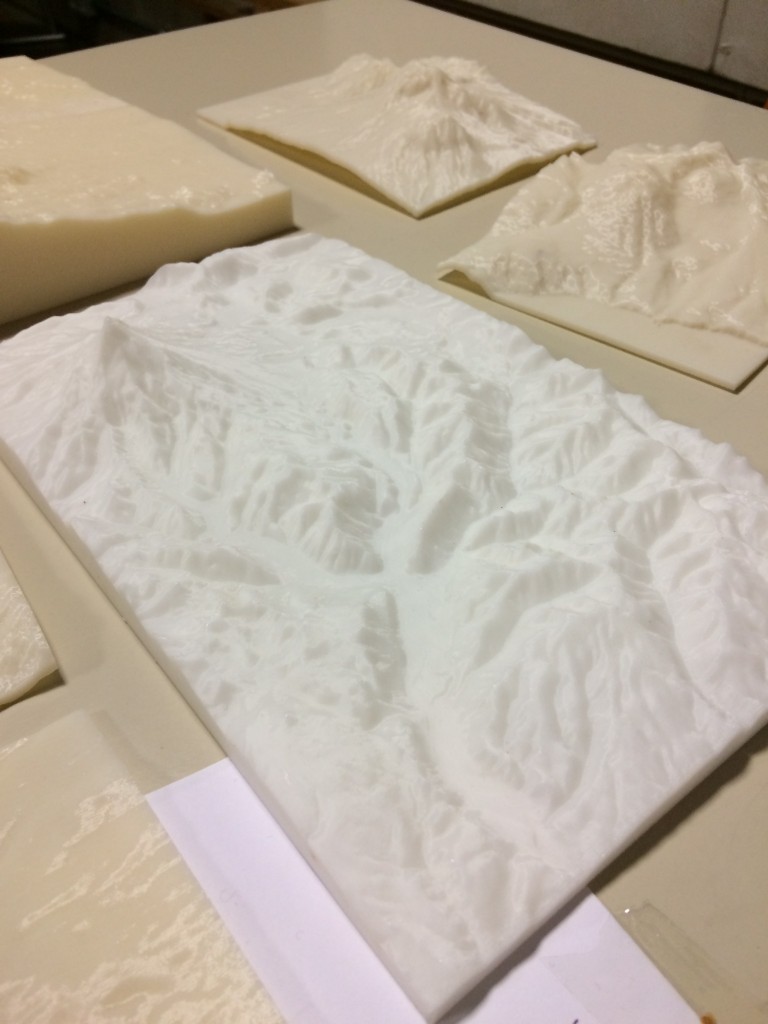Dublin, Ireland – The technical program of VMSG 2016 concluded today and I am saturated with new ideas about igneous systems. Abstracts for all of the talks and posters can be found on the VMSG 2016 website. There were so many excellent presentations, but I thought I’d mention just a few of the highlights.

Ian Saginor shared his Volcano Terrain Initiative to use 3-D models for volcanology education and outreach.
Maren Kahl used a clever systems approach to understand the magmatic plumbing system at Mt. Etna. She combined kinetic and thermodynamic modeling of complexly zoned olivine crystals erupted over time. (Link to her 2015 Journal of Petrology paper)
When Ben Hayes discussed his idea for the formation of plagioclase-pyroxene layering in the Bushveld Complex by downward percolation of a dense melt through a crystal mush, Mary Reinthal (’16) said she felt like she was reliving Petrology class. I guess that layered mafic intrusions lab had an impact!
Janine Kavanagh presented her experimental work on dikes in which she observed hybrid sill-dike intrusions when her injected fluids impinged on boundaries between layers in the host rock. (Link to her 2015 Earth and Planetary Science Letters paper)
John Maclennan gave a talk about the uncertainties (and deadly implications) of interpreting pressures from CO2 compositions of melt inclusions.
Chris Bean explained that, by recording long period (Lp) seismic events close to the source, we can see that they are better explained by brittle failure events in shallow edifice rocks rather than magma movement. (Link to his 2014 Nature paper)
Many presenters referred to the recent Nature paper by 2015 by Bergantz, Schleicher, and Burgisser on magma mush dynamics. Their study related magma injection rate to complex mineral textures and fabrics in magmatic systems. (Link to Bergantz et al., 2015 Nature paper)



Cool. How long until we get our first 3-D printer?